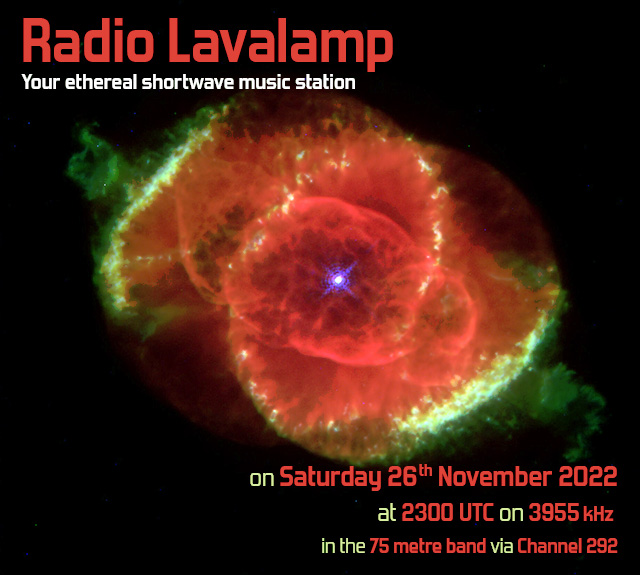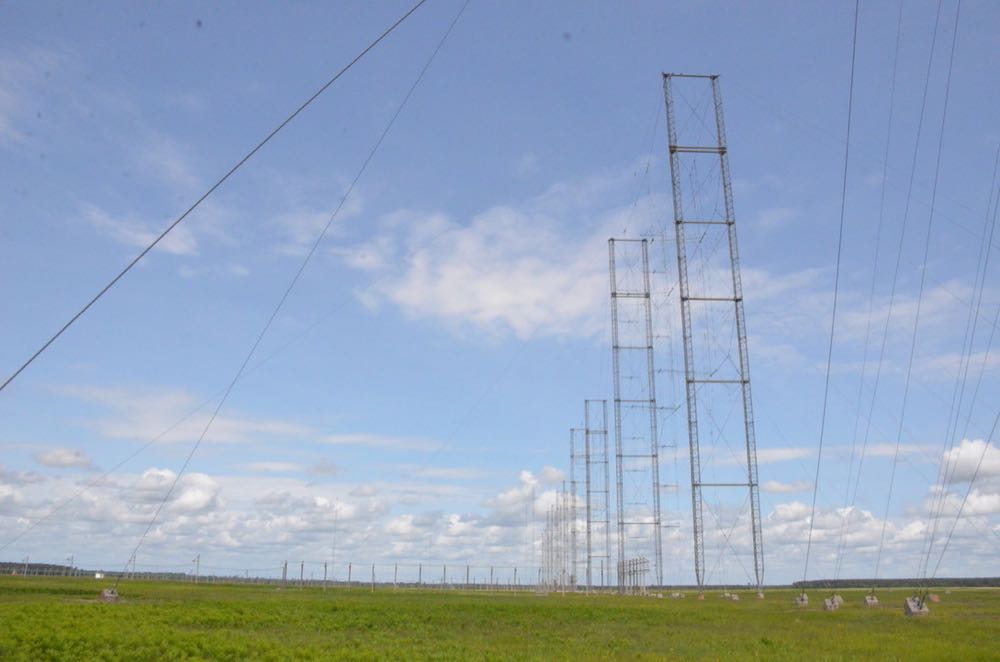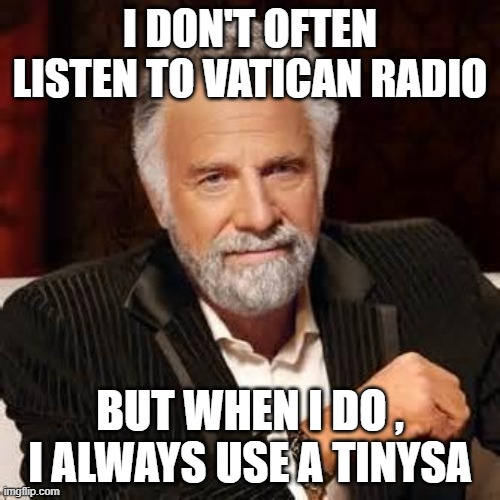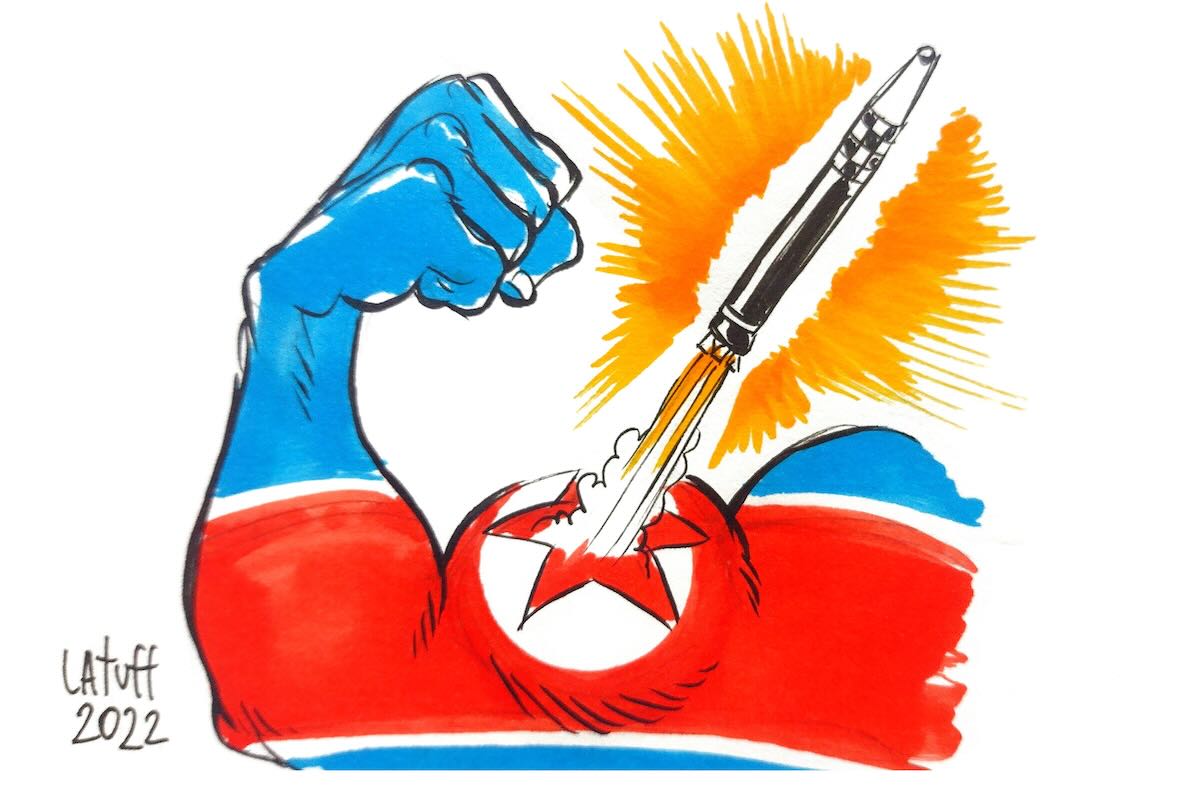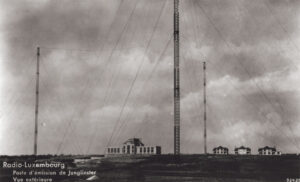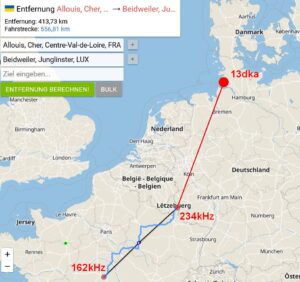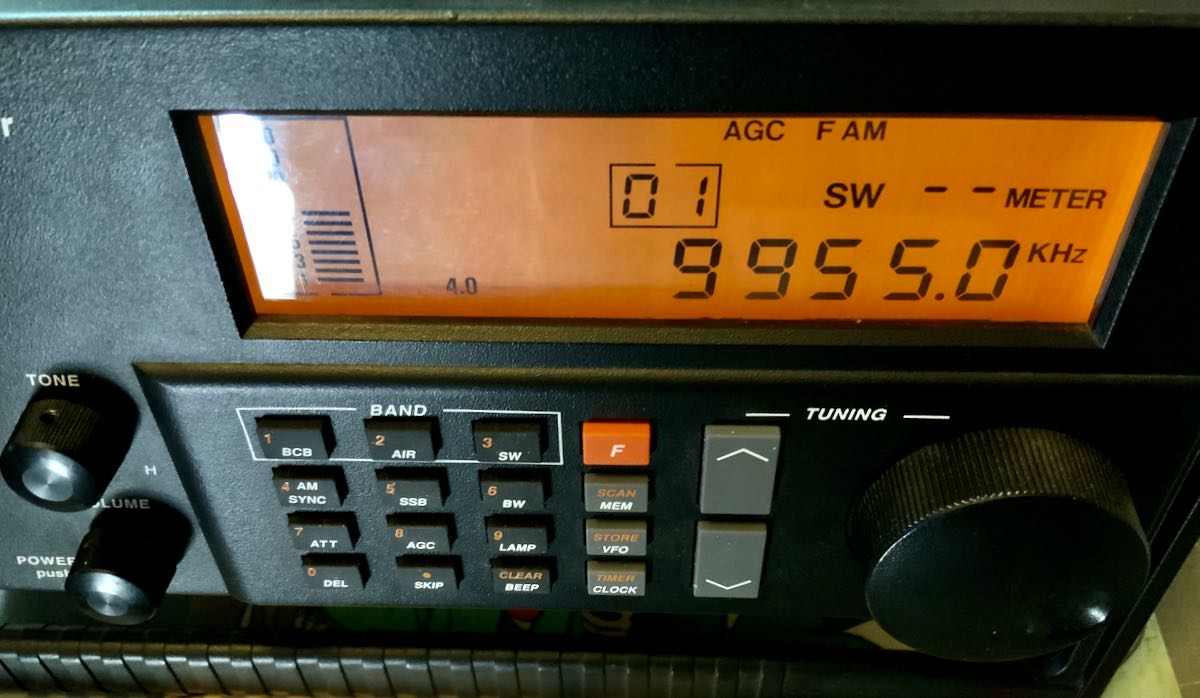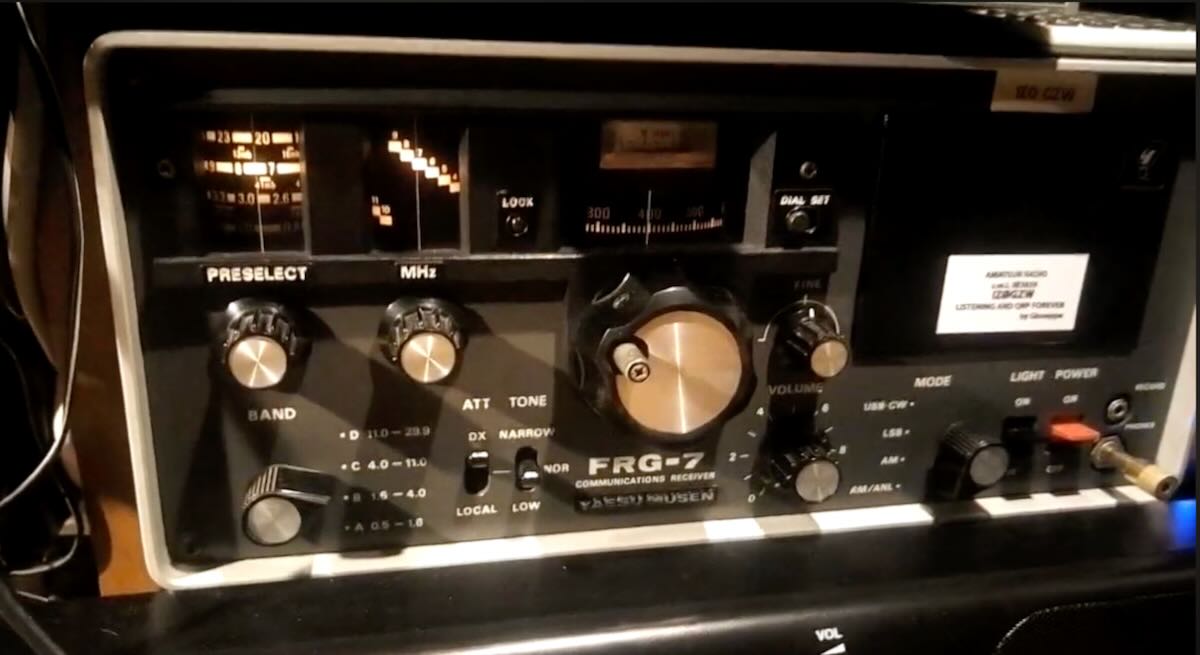 Many thanks to SWLing Post contributor, Giuseppe Morlè (IZ0GZW), who shares the following:
Many thanks to SWLing Post contributor, Giuseppe Morlè (IZ0GZW), who shares the following:
Dear Thomas and Friends of SWLing Post,
This is Giuseppe Morlè from Formia, central Italy on the Tyrrhenian Sea.
I want to share with you this test with 4 old receivers with 3 different antennas:
-
- Yaesu FRG-7
- AOR 3030 – MINI WHIP antenna on the roof
- Kenwood R-1000 – INTERNAL CROSSED LOOP antenna
- Yaesu FRG-8800 – VERTICAL NAVAL
I tuned the 7,390 kHz frequency of Radio New Zealand at 14:10 UTC on November 16 on the 4 receivers. I used the narrow and wide filter on each receiver.
I state that a storm was in progress in the area, the afternoon signal was very discontinuous with a difference on the 3 different antennas.
Surprising the result of the internal cross loops which I use a lot when there are thunderstorms in the area to listen to anyway; their behavior is definitely very good despite being inside my shack.
The Mini Whip is excellent on long and medium waves but gets worse above 7 MHz. In fact I only use this antenna for medium and long waves.
A good signal also from the external naval vertical of 8 meters with a “soft” listening on the Yaesu FRG-8800.
Judge dear friends your comments are welcome!
I wanted to compare these 4 “glories” that have accompanied most of my life and that I still consider excellent.
Attached the link tot he video on my Youtube channel:
Click here to view on YouTube.
I wish everyone a good listening …
73. Giuseppe Morlè iz0gzw.
Thank you so much for sharing this, Giuseppe! We love your videos and demonstrations especially since they so often involve antennas that you have home brewed. Your cross loop antenna is truly amazing!

